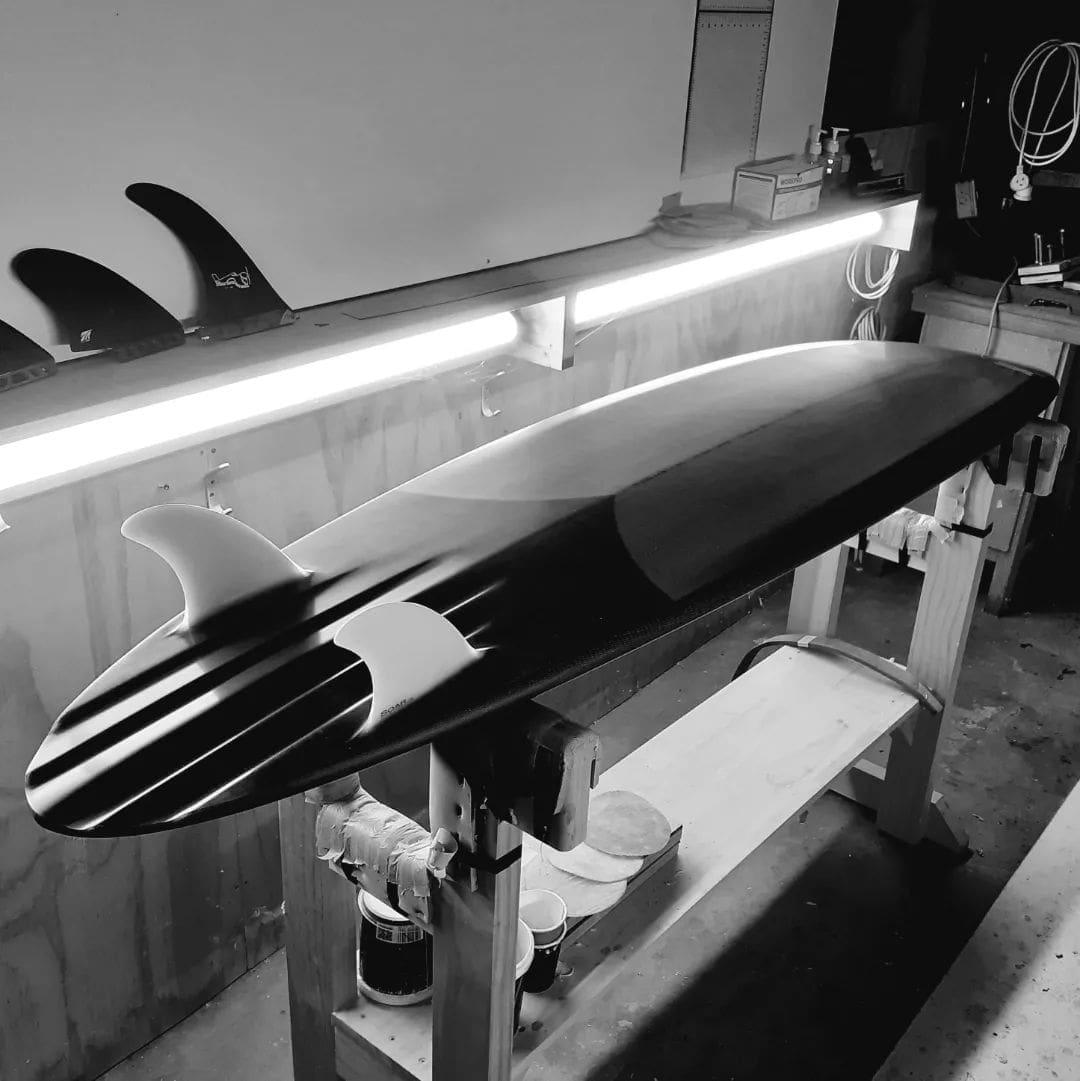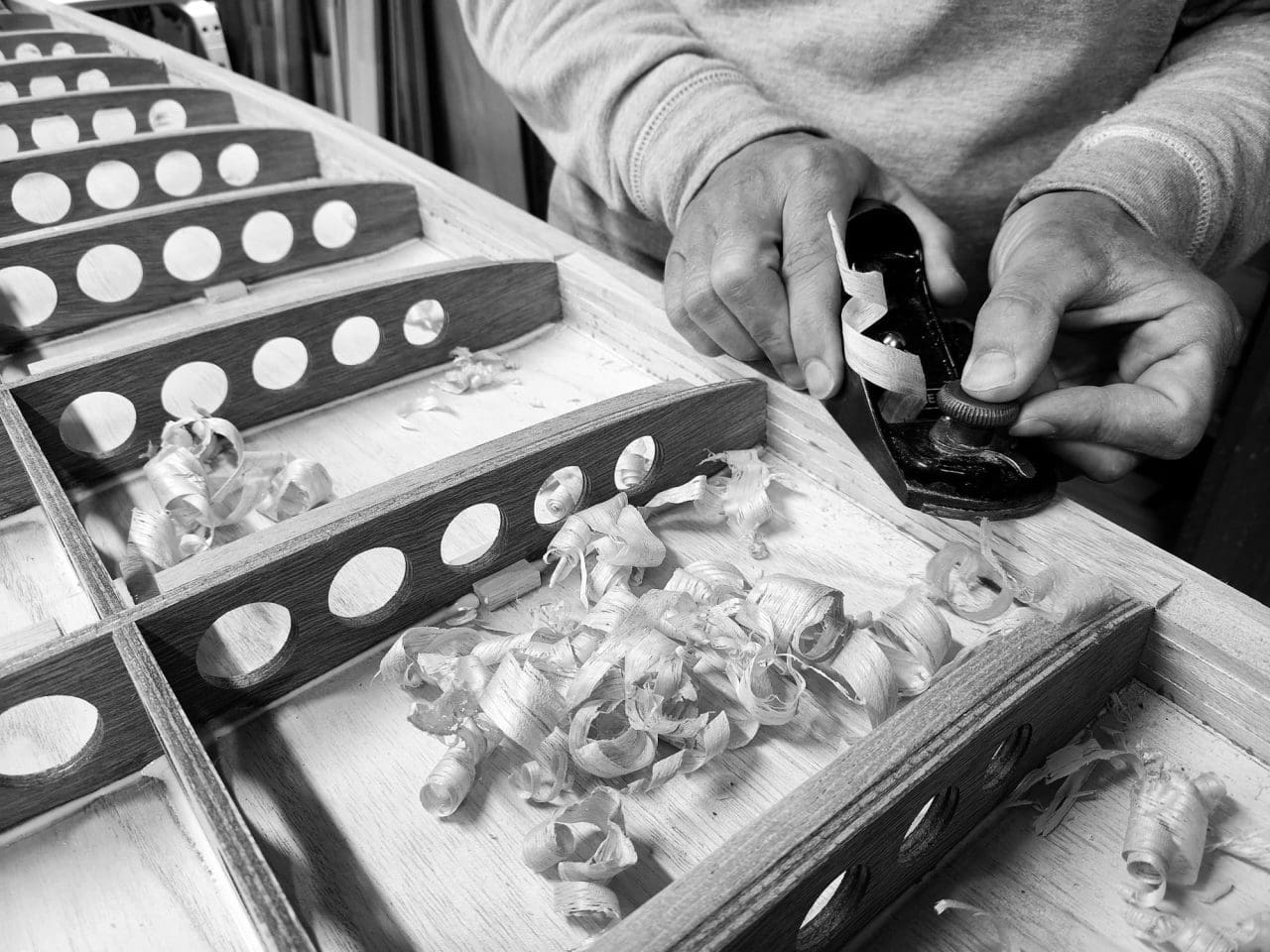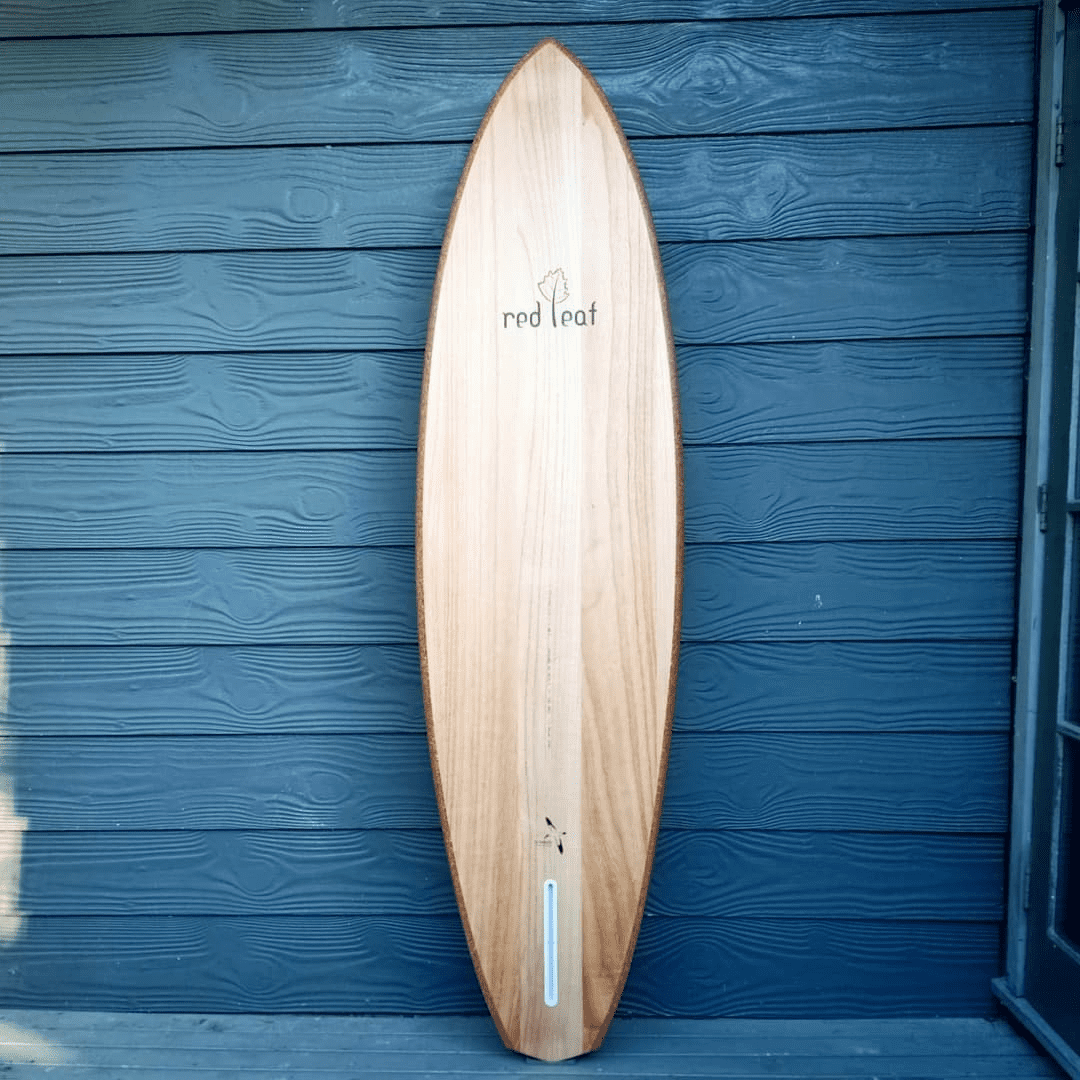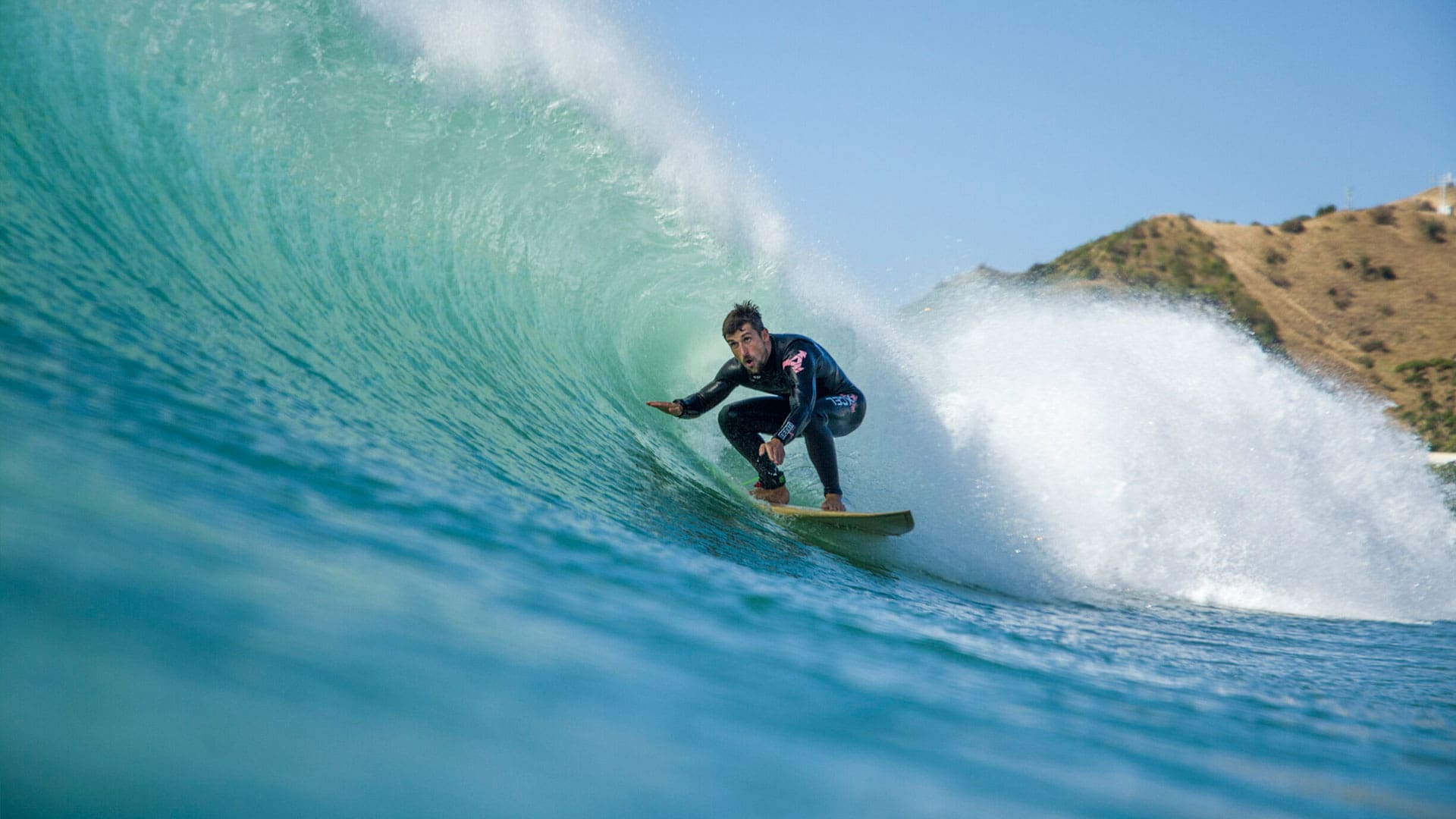The Green Wave: The New Zealand Company Leading the Surfboard Sustainability Shift
Most serious surfers will tell you that Surfing is more than a sport; it’s a way of life. A way of life that transcends singular human achievement and skill into a symbiotic dance with nature, a relationship that requires respect for the water, an understanding of tides, wind, currents and the awesome power of the ocean. It’s a beautiful thing. But here’s the uncomfortable truth: while surfers like to think of themselves as guardians of the sea, the boards they ride often tell a different story.
Most traditional surfboards may look innocent; they are wave-powered of course but beneath that glossy fibreglass shell lies a cocktail of petrochemicals. The foam cores ar typically made from polyurethane or expanded polystyrene which are both derived from fossil fuels. While the resins sealing them are packed with volatile organic compounds (VOCs) that pollute the air and pose serious health risks for shapers. And here’s a staggering fact: the production of a single 6-foot shortboard generates around 165 kilograms of CO₂ emissions. Multiply that by the 750,000 boards made each year, and the surf industry has a sustainability problem.
Red Leaf Surfboards, a small operation based in Gisborne, New Zealand, is slowly turning the tide though. Instead of relying on petroleum-based foams and resins, Claydon and his team craft their boards from sustainably sourced timber and bio-based materials. It’s not a new idea—ancient Polynesians surfed on solid wooden boards long before polyurethane was invented—but Red Leaf has refined the process using modern engineering to create lightweight, high-performance boards.

At the core of Red Leaf’s design is a hollow timber construction technique. Instead of shaping a board from a solid chunk of wood, they build an internal plywood framework, covering it with Paulownia timber, a fast-growing species that absorbs ten times more carbon dioxide than most trees. The result? A board roughly 20-25% heavier than a standard foam surfboard, but with added durability and a smooth, momentum-rich ride that many surfers swear by.
Unlike polyurethane foam, which is non-biodegradable and relies on oil extraction, Paulownia is a renewable resource. It grows rapidly, sometimes reaching maturity in as little as seven years, and requires minimal water or pesticides. Because it is lightweight and naturally resistant to water, it has been an obvious choice for surfboards for centuries.

For those who prefer the familiar weight and feel of a foam board, Red Leaf also offers recycled polystyrene cores, reinforced with flax and basalt fibre, and finished with a bio-based epoxy resin. Flax provides natural flex and shock absorption, while basalt fibre is stronger and more durable than traditional fibreglass with a significantly lower environmental impact. These materials work together to create a surfboard that not only rides well but is also far less damaging to the environment.
Red Leaf Founder, Pete Claydon’s journey to surfboard shaping wasn’t conventional. Trained as a bespoke furniture maker in the UK, he worked with some of the leading names in the industry before deciding that the rigid structures of fine furniture weren’t where his passion lay. After visiting New Zealand in 2006, he fell in love with the Tairāwhiti region and its world-class surf. By 2013, he had made the move permanent, bringing his woodworking expertise to the waves.
What started as an experiment in building his own boards quickly evolved into something bigger. The more he shaped, the more he realised that there was a genuine demand for surfboards that were not just high-performing but also sustainable. He began refining his designs, drawing on his experience with fine joinery and traditional woodcraft to create boards that were as functional as they were beautiful.

And Red Leaf is also sharing the love by teaching others to craft their own boards. Their ‘Build Your Own’ workshops have become increasingly popular, drawing surfers from all over to Gisborne for a hands-on, five-day crash course in surfboard construction. Under Claydon’s guidance, participants assemble the internal frame, shape the rails, and finish their boards with natural oils or resins. The result isn’t just a functional surfboard—it’s a deeply personal connection to the process, the materials, and the craftsmanship behind it.
It’s an experience that goes against the grain of fast consumerism. Instead of buying mass-produced boards that might last a few seasons before ending up in landfill, Red Leaf encourages surfers to build something personal, something that lasts and something more connected to nature. Just like surfing really should be.

